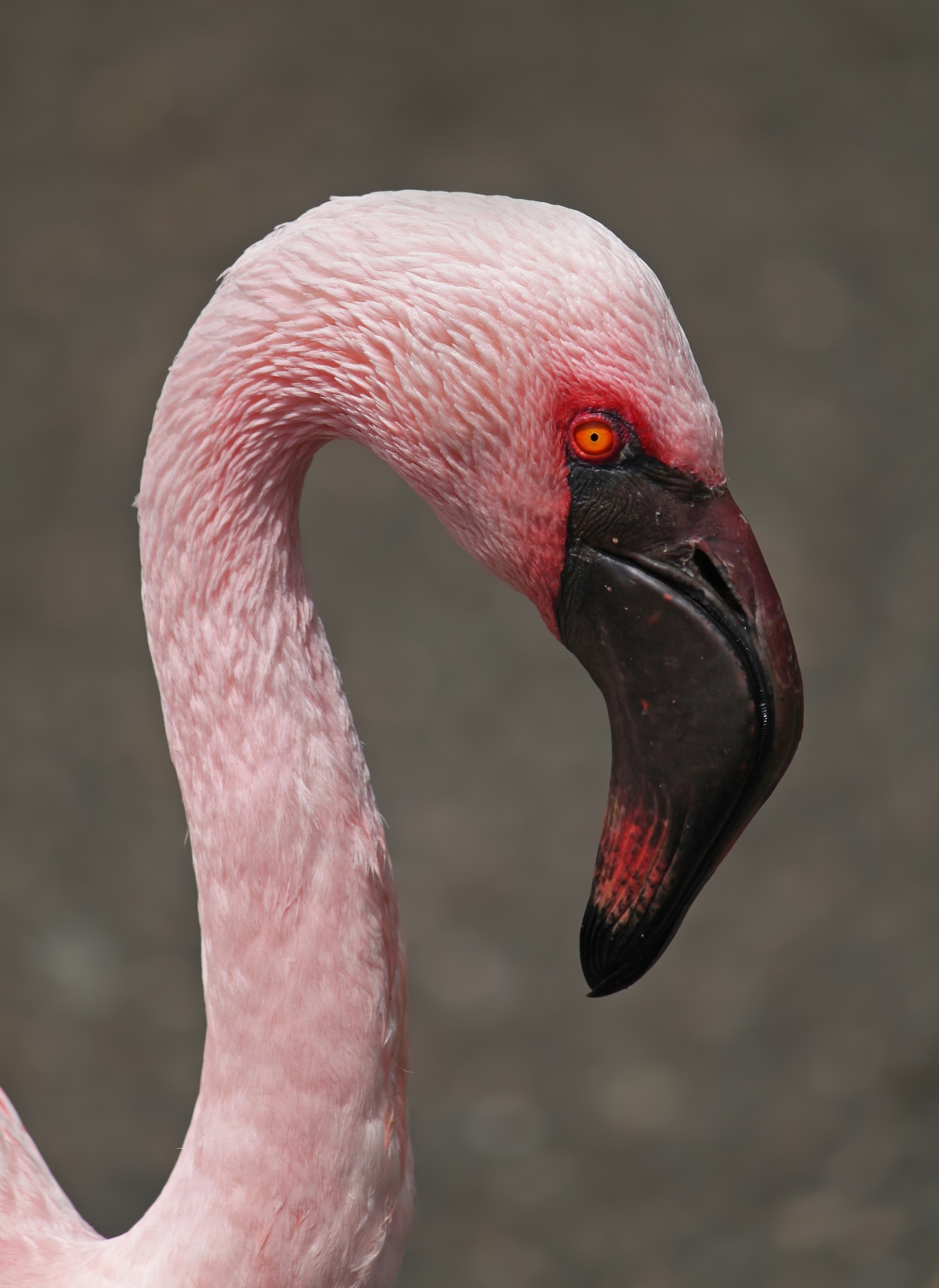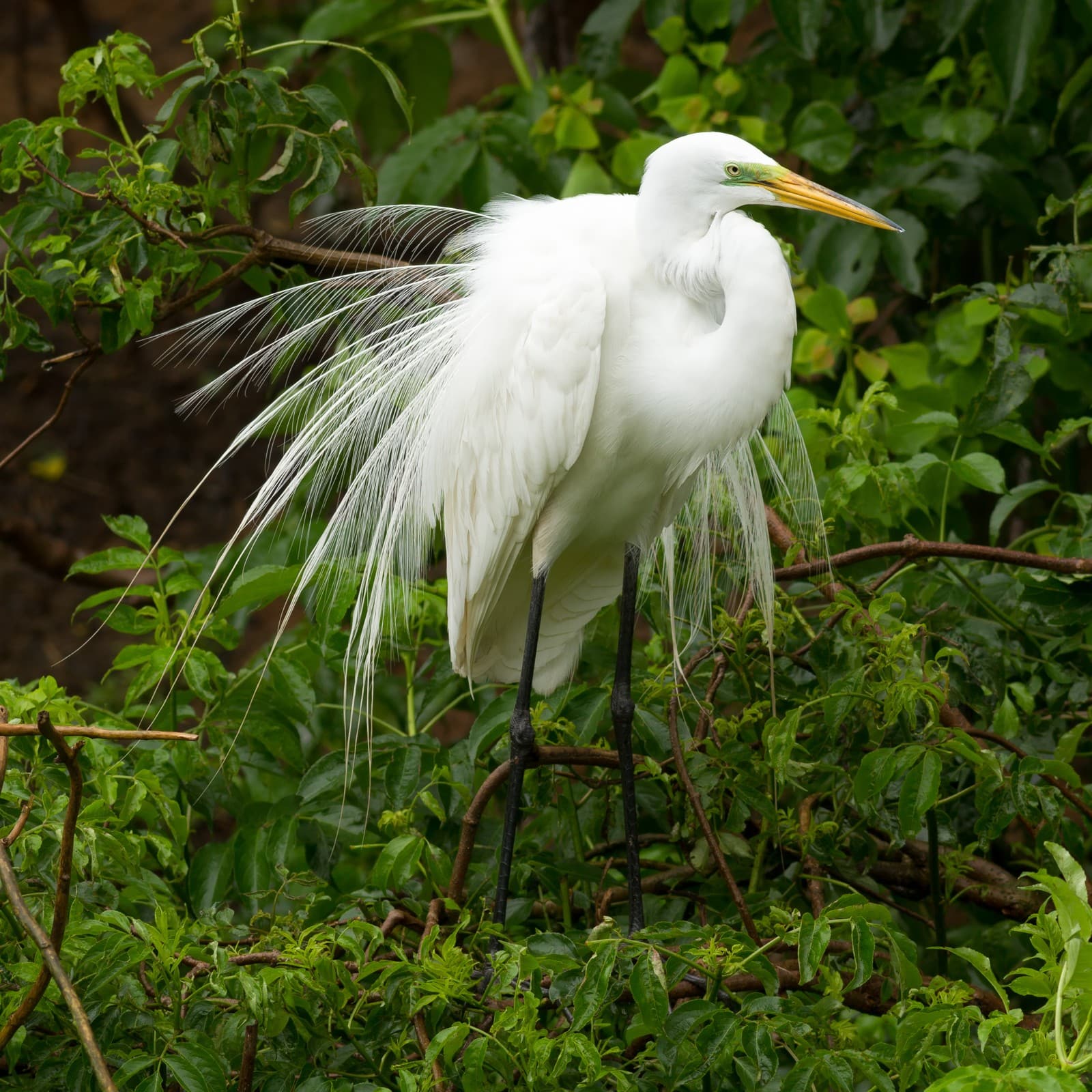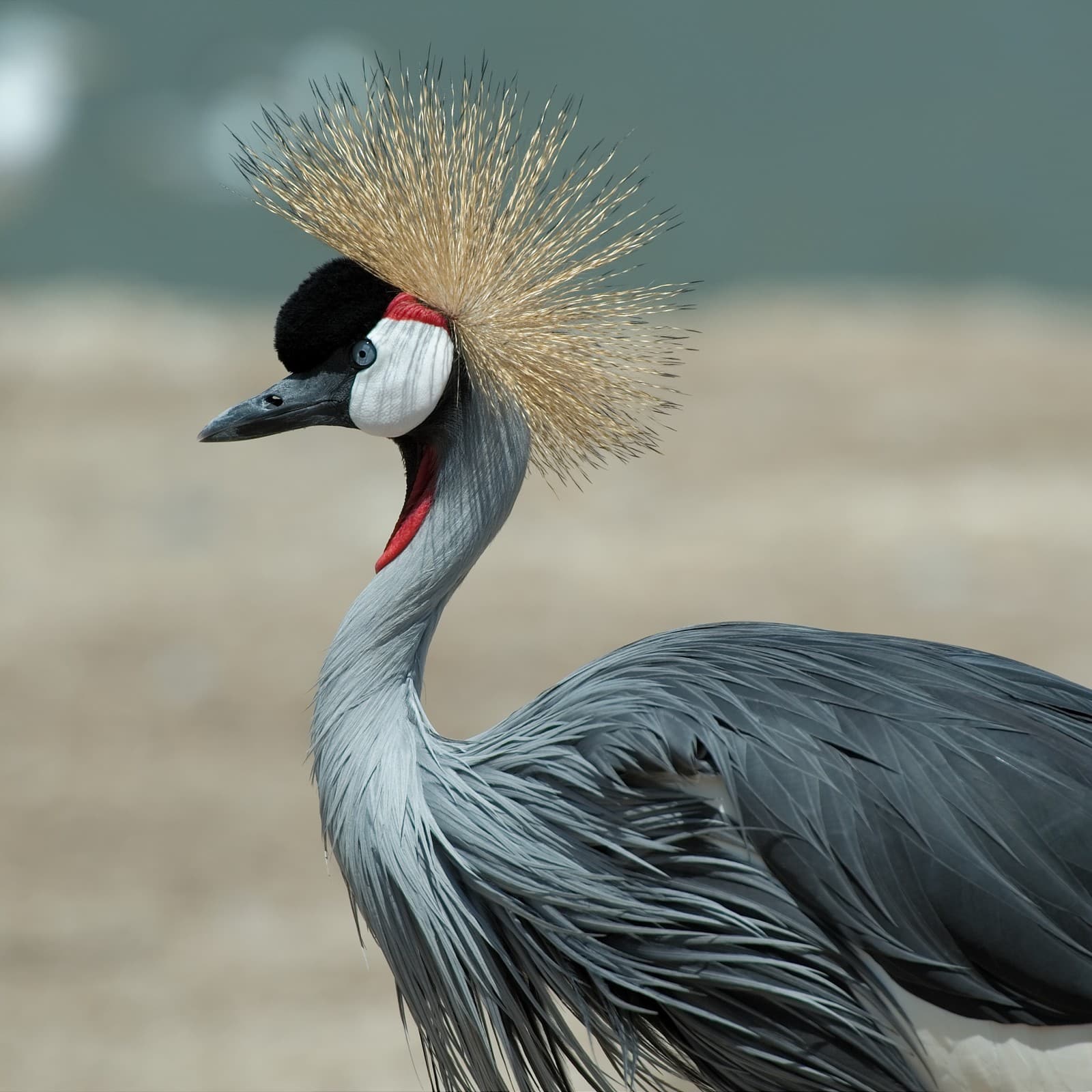Gull vs Tern: A Complete Comparison
While gulls and terns might appear similar at first glance, these coastal seabirds exhibit distinct differences in size, behavior, and hunting techniques. Gulls are generally larger and more robust, with most species measuring 15-25 inches (38-63 cm) in length, while terns are typically more slender, averaging 13-16 inches (33-41 cm). Their hunting strategies also differ significantly, with terns performing spectacular plunge-dives from heights of up to 40 feet (12 meters), while gulls prefer surface feeding or shallow dipping.
The most noticeable distinction in the gull vs tern comparison lies in their bill shape and flight characteristics. Terns possess straight, pointed bills perfectly adapted for fish-catching, while gulls feature stronger, hooked beaks suitable for their more opportunistic feeding habits. Their flight patterns also differ markedly - terns demonstrate precise, graceful movements with deeply forked tails, while gulls show more powerful, deliberate wing beats.
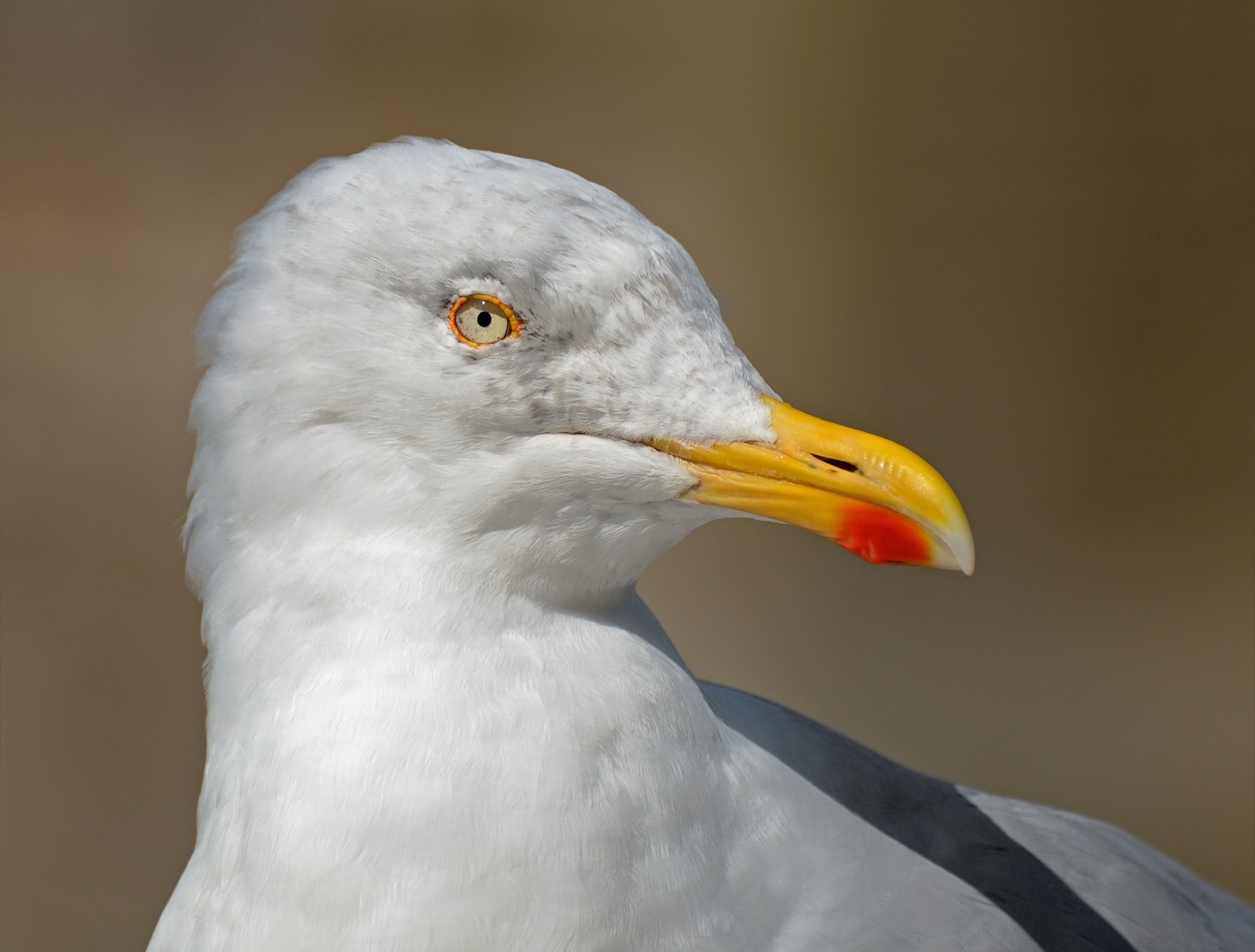
© Ввласенко / CC BY-SA 3.0
The Herring Gull displays classic gull characteristics with its robust yellow bill and sturdy head structure, demonstrating the species’ adaptability to various coastal environments. Note the distinctive red spot on the lower mandible, a common feature among larger gull species.
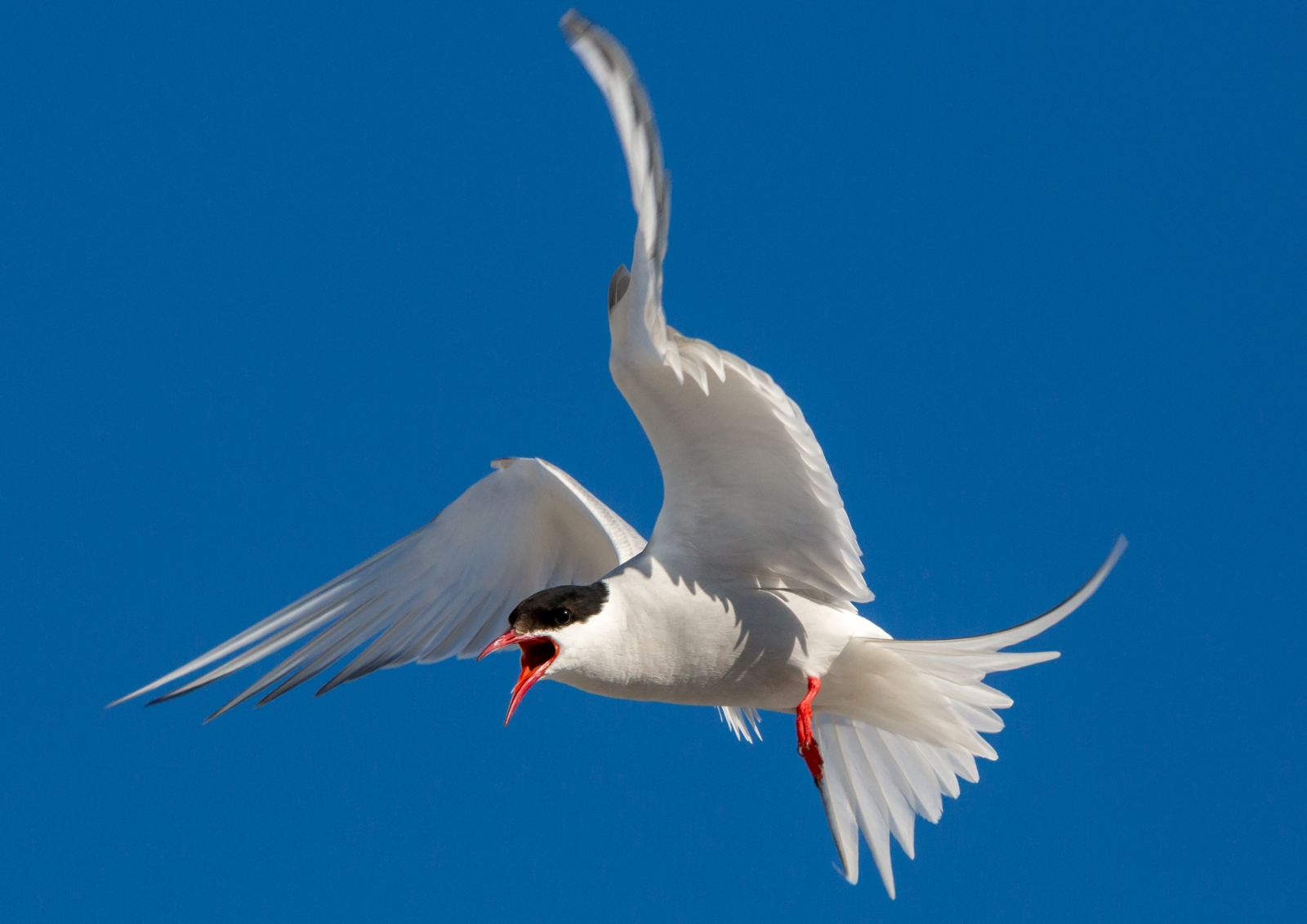
© AWeith / CC BY-SA 4.0
The Arctic Tern exemplifies the characteristic tern silhouette with its streamlined body, deeply forked tail, and sharp, pointed bill. This image captures the species’ remarkable aerial agility, essential for their precise fishing technique.
Key Differences Between Gulls and Terns
| Feature | Gull | Tern |
|---|---|---|
| Size | 15-25 inches (38-63 cm) | 13-16 inches (33-41 cm) |
| Bill Shape | Hooked, robust | Straight, pointed |
| Flight Pattern | Strong, deliberate wing beats | Light, buoyant with quick turns |
| Tail Shape | Square or slightly rounded | Deeply forked |
| Diving Ability | Surface feeding, shallow dips | Vertical plunge-diving |
| Diet Flexibility | Highly opportunistic | Primarily fish-based |
Hunting and Feeding Behavior
Terns and gulls employ markedly different hunting strategies. Terns are specialized fish-hunters, performing precise plunge-dives from considerable heights, entering the water like arrows to catch small fish. Their streamlined bodies and pointed bills are perfectly adapted for this hunting technique.
Gulls, conversely, show remarkable adaptability in their feeding habits. These opportunistic feeders employ various methods, from surface-skimming to scavenging, and can even be found following fishing boats or foraging in urban areas. Their hooked bills allow them to handle a diverse diet ranging from fish to invertebrates and human food waste.
Migration and Range
The migration patterns of these seabirds showcase another striking difference in the gull vs tern comparison. Arctic Terns hold the record for the longest animal migration, traveling up to 44,000 miles (70,800 km) annually between Arctic breeding grounds and Antarctic feeding areas. Most gulls, while still migratory, typically undertake shorter seasonal movements and often remain in temperate regions year-round.
Who Would Win in a Confrontation?
While direct confrontations between gulls and terns are relatively rare, gulls generally have the advantage in territorial disputes due to their larger size and more robust build. However, terns compensate with superior agility and speed, often successfully defending their nesting territories through rapid aerial attacks. The outcome of any interaction largely depends on the specific species involved and the context of the encounter.
Conservation Status
Both groups face similar conservation challenges, primarily habitat loss and plastic pollution. However, terns generally show greater vulnerability to environmental changes due to their specialized feeding requirements and specific nesting habitat needs. Many gull species have adapted well to human presence, with some populations actually increasing in urban areas.
Identification Tips for Observers
To distinguish between gulls and terns in the field, focus on these key features:
- Flight pattern: Terns exhibit more graceful, light movements with frequent hovering
- Bill shape: Terns have straight, pointed bills while gulls show hooked bills
- Tail shape: Terns display deeply forked tails, especially visible during flight
- Size and build: Gulls typically appear more robust with broader wings
- Feeding behavior: Watch for terns’ distinctive plunge-diving versus gulls’ varied feeding methods
Understanding these differences not only aids in identification but also helps appreciate the unique adaptations that allow these seabirds to thrive in their respective ecological niches.



